
Geffen Avraham
-
Posts
150 -
Joined
-
Last visited
Posts posted by Geffen Avraham
-
-
will processing for this be just c41?
-
14 hours ago, Robin Phillips said:
episode 1 is quite clearly shot on film. the main cameras were 535s along with some 435 and vista vision use. model unit was all film, mostly (maybe entirely) vista vision. there is at least one digital test shot in it.
episode 2 was digital on the sony F900, which came out the same year as 28 days later which was all on the canon XL1
sadly, f900 was not yet up to the task it was given. the f950 used on episode 3 was much better, but lucas was dissatisfied with panavision's 3-chip anamorphics, and shot it spherically - meaning it had to be cropped down to 818p in post.
Revenge of the Sith's native resolution is 1920 x 818.
The first digital camera that was worthy of Lucas's vision was the F35. Its 6K striped sensor can still outperform a Red Komodo today, and pairs easily with the C-series.
-
By the way, thanks to a post here from @Charlie Peich, I was able to track down a photo of the elusive Wilcam W-4 from AC, Feb 1983.
-
 1
1
-
-
That's amazing. Do you by any chance have a picture of the Lightweight 870?
I'm curious if, in theory, a blimp could be created for it. Even if the blimp was double the weight of the camera, it would still be lighter than an Arri 765.
-
Also, does Iwerks still have the lightweight 22-pound 8/70 MSM camera?
I love this forum, you'll post a link to an article and the fellow from the article will show up!
-
That's amazing. How many Iwerks 15/70 cameras are there? Did they ever achieve 60fps capability?
Do you have any pictures of the rehoused Hasselblad lenses? How did you acquire this one? Is it available for rent?
-
On 1/26/2025 at 1:09 PM, Rosc Oshe said:
No, MSM built the Iwerks 870 camera. Iwerks built their own 1570 cameras
According to LFExaminer, the Iwerks 1570 camera was originally contracted to Cinema Products, who started with a Williamson (Wilcam) movement, but ended up heavily modifying it.
https://lfexaminer.com/wp-content/uploads/2025/01/LFX-V04N02.pdf
-
I have found no pictures from this camera, but a magazine from it is currently found on eBay:
https://www.ebay.com/itm/256389495557

-
 1
1
-
-
The February 1993 edition of the ASC magazine mentions a series of cameras offered by MSM Design, the company of Martin S Mueller.
It mentions the 8812 VistaVision camera, the 8870 8-perf 65mm Iwerks camera, and the 9801 IMAX camera.
There is, however, a fourth camera mentioned as well: the 5815, which is described as "65mm, 5, 8, and 15 per 1 fps".
This confuses me a bit. Is this truly a 65mm camera with variable pulldown between 5, 8, and 15 perf formats - that can only shoot 1 frame per second?
What could possibly be the purpose of this camera? The only application I can guess is Ron Fricke, who used custom 65mm time-lapse cameras for Baraka.
Then why the variable format? I was under the impression that Baraka was all 5-perf.
-
https://archive.org/details/asc-1993-american-cinematographer-manual.pdf/
Here you can find more information about these cameras, as well as the Wilcam VistaVision systems. I did not know, for instance, that Wilcam designed the CP-65 Showscan camera.
-
And this is the Fries 865, which I had previously heard of:
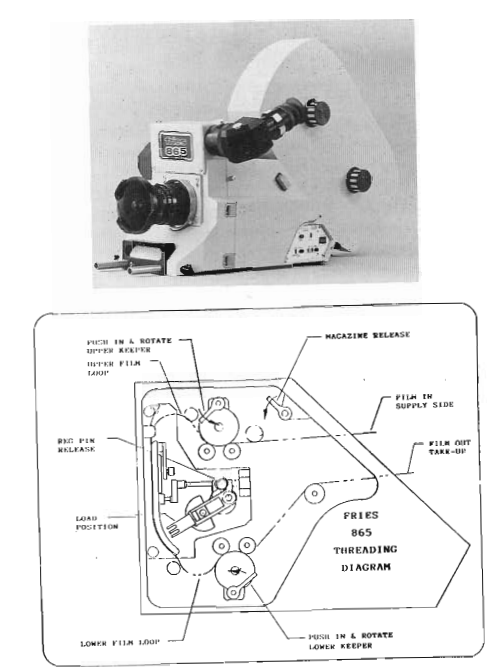
-
On 1/26/2025 at 1:09 PM, Rosc Oshe said:
No, MSM built the Iwerks 870 camera. Iwerks built their own 1570 cameras
The 7th edition of the ASC manual does not mention 1570, but it does provide interesting information about 870 cameras.
Here is the MSM 8870, 8 perf 65mm camera. Presumably this was the one used by Iwerks.
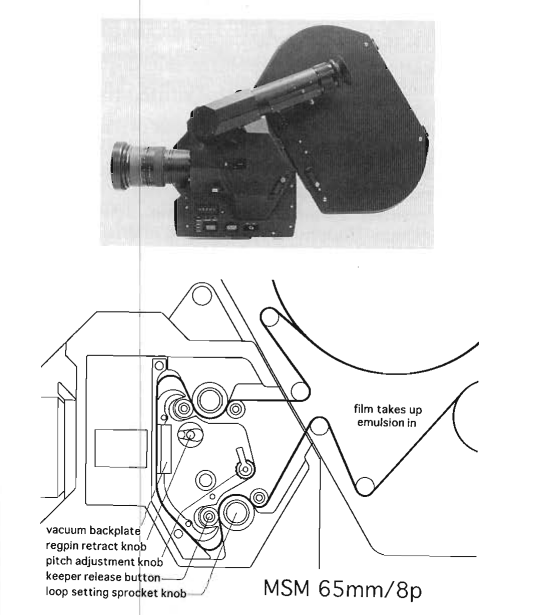
-
If the contrast will present an issue, the Sony ECX344A is a 3.5K x 4K micro-OLED currently shipping for about $1,000.
5000 nits if I'm not wrong, and about the size of a 35mm film frame.
-
have you also acquired one?
i'm going to try and make a new film recorder for it with a 16k LCD used on SLA printers, and perhaps an RGB LED light source.
In theory should be able to improve time per frame quite a bit over the old CRT recorders, and record directly to inexpensive(ish) 2383 print film
-
Thank you so much for this information! It would be wonderful to make new electronics for those Rotavisions - things have advanced quite a bit and miniaturized and robust controllers could bring them back to life.
Perhaps some of Bruce's wonderful old iron could be given a new beating electronic heart?
-
 1
1
-
-
You will need two FX3s, one regular and one full spectrum.
I have some stereotec rigs just like above and would be happy to sell one, but it’s huge and heavy
-
never knew there was a mitchell mk 3!
also fascinating to compare the price list to today! a set of 7 super baltars was $7902 back then, which is about $57K in today's money - about $8100 per lens.
at this time there is a rehoused set of 8 super baltars going for about $65K - or about $8100 per lens!
-
what is going on with the production design for this film?
the never-released chinese underwater epic "Empires of the Deep", one of the most incompetent big-budget movies of all time, at least built real floating Greek triremes.
Nolan is renting preexisting viking ship replicas that aren't greek at all. I'd expect this from a made-for-TV version - but even Netflix's live action One Piece built custom ships.
The armor looks like it's from Spirit Halloween as well. In any other movie, I'd relax and expect them to augment it with CGI - but not this one.
Nolan seems to be using a new blimped IMAX camera to make this the first feature filmed entirely on 15/70 - but all the IMAX film in the world can't salvage nonexistent production design.
Below, the trireme from Empires of the Deep.
-
The advantage of the Elephant Ear is the 2000ft mag - gives you 11 minutes of runtime. But if you're shooting Vista with only a 1000ft mag, then 5/70 will record longer and be more convenient.
-
Thank you! Do you know where I might be able to find any documentation on this camera?
-
-
Two of these showed up at Community Thrift in San Francisco a few weeks ago, and I picked one up yesterday. American Cinematographer in 1986 says:
QuoteOxberry has unveiled a 35mm computer camera with 750 frame capacity for unattended downloading of computer graphic images. The Oxberry PC-35 also offers pin-registration guaranteeing high-precision image placement for multi-image (multi-projector) slide effects.
Daylight loading film magazines make it easy to process any length of film and to change film stock when desired. An optional 35mm Polaroid film magazine permits quick testing of computer and film recorder output.
Automatic skip-marking assures accurate separation of 36 exposure strips for short roll processors. Film can also be marked manually to separate specific jobs.
Roll-back multiple exposures are accomplished with forward and reverse jog controls and a digital frame counter. A separate display monitors the film remaining in the feed magazine. Both counters are resettable.
The PC-35 Computer Camera is designed for easy retrofit to Matrix PCR film recorders. No factory alignment or modification is necessary. A simple technique and mounting procedure assure accurate field alignment.Seems like this was used in the 80s to print CGI to film!
Looking inside, I saw a 2-phase stepper motor with what appears to be a glued-on optical encoder. The magazine feed and takeup are driven by Japan Servo 5000rpm DC motors with 10:1 gear reductions.
There do not seem to be an actual computer inside - this is good! With a bit of help and experimentation, I can probably recreate the original controller, which I don't have, with a common MCU.
Anyone ever worked with one of these, or have any docs for it?
Here is the camera. Is it actually the PC-35 described in ASC mag? What kind of magazine does it take? A standard 400ft Mitchell?
-
it seems there are several ef to rf speedboosters - metabones, meike, kipon, and canon. i would ideally like to test as many as i can.
-
From looking at sharegrid lens tests, both the 18mm Master Prime t1.3 and 20mm Sigma t1.5 look pretty sharp wide open.
What happens when you boost the Sigma down to a 14mm f1.0 - and then stop it down to match the Master Prime? This can be done with the EF mount version of the lens and a Raptor or Venice.
Can it go head-to-head with the master prime? Has anyone ever tested something like this?


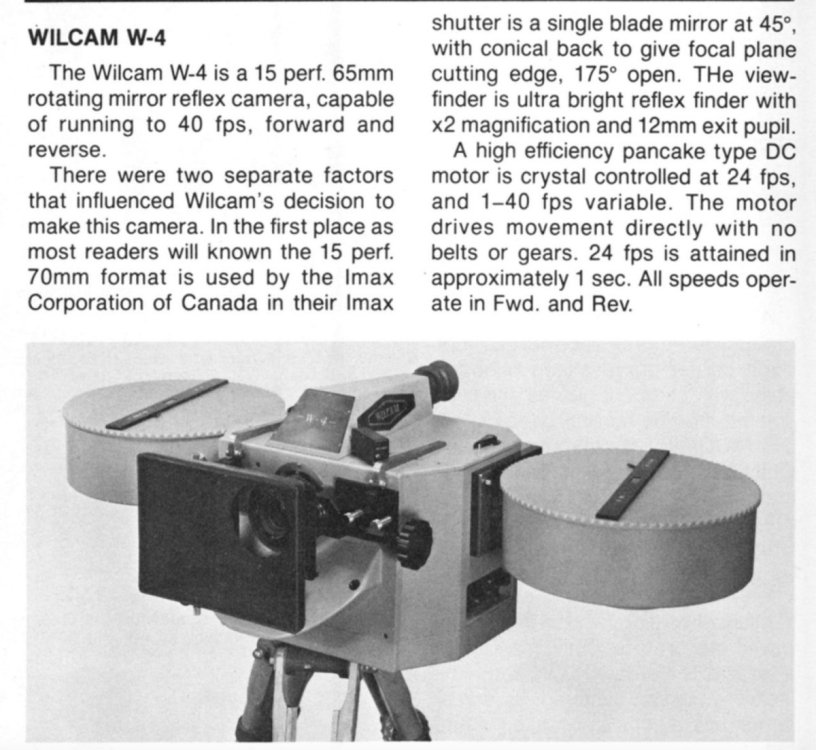
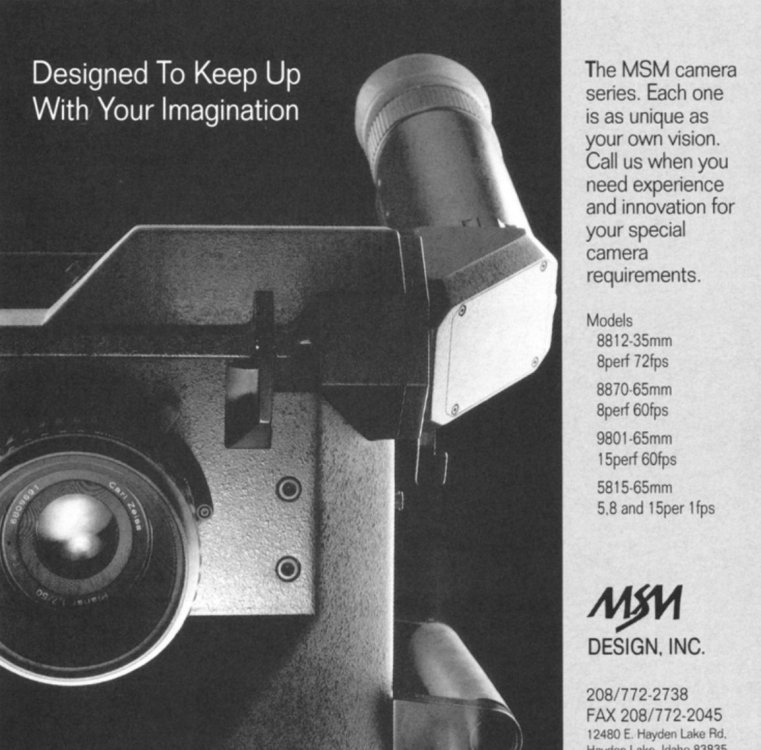
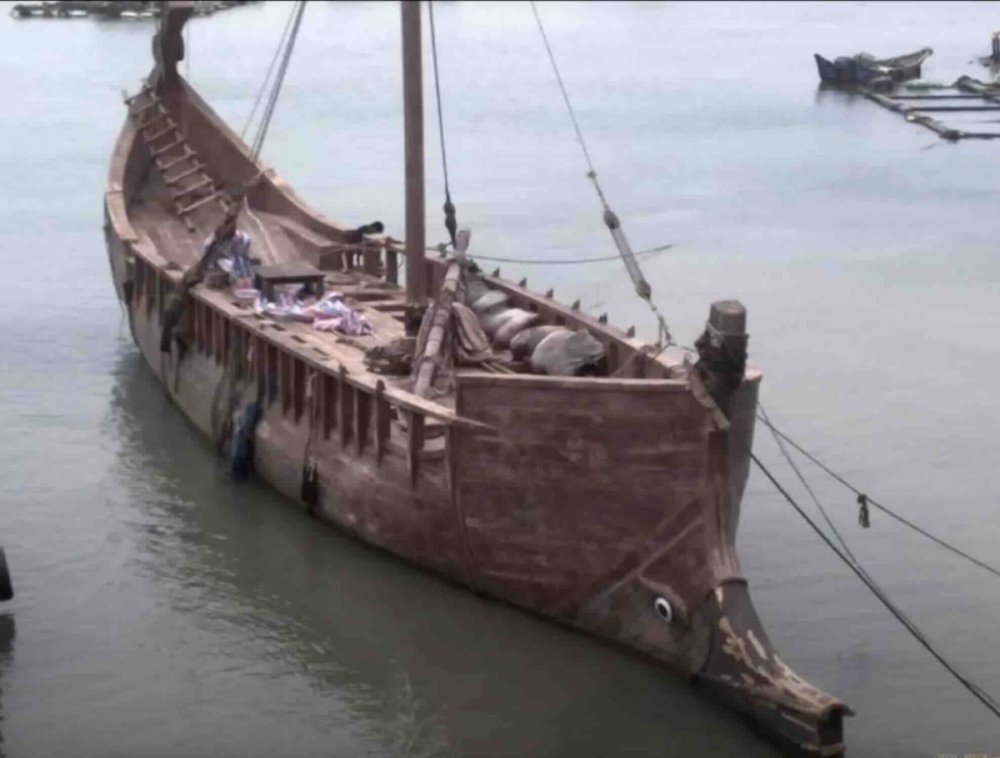
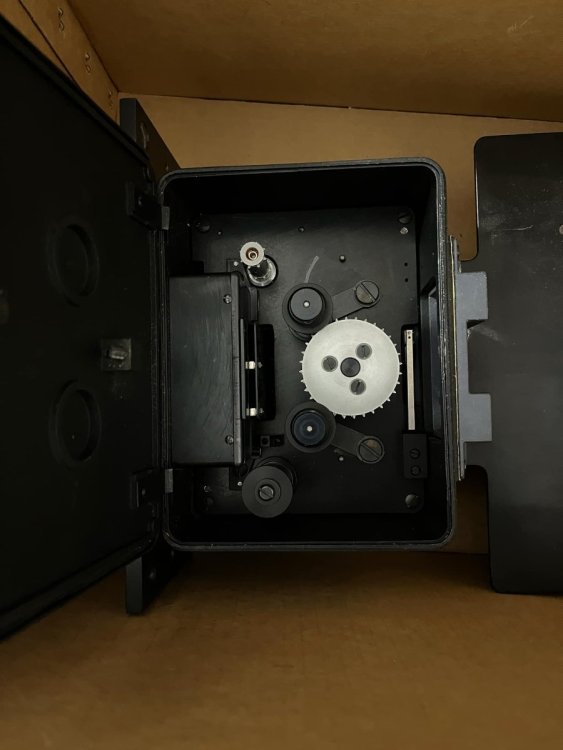
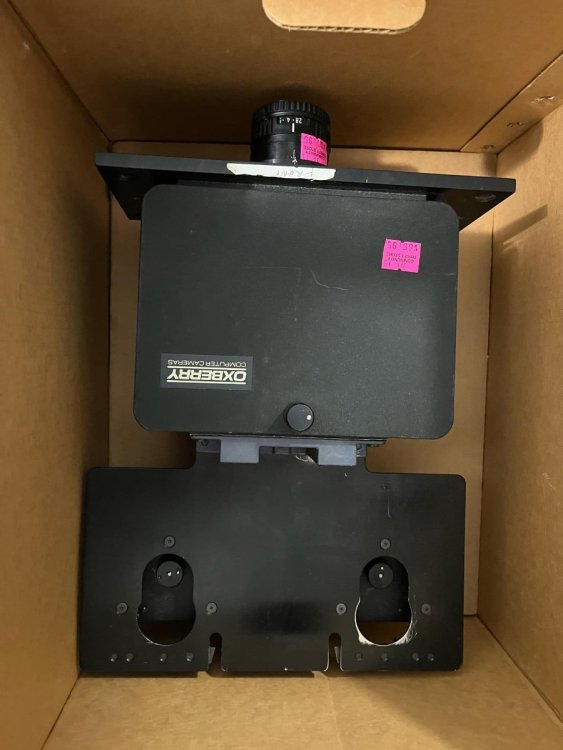
Pyxis 12K Camera
in BlackMagic Design
Posted
My original BMPCC died after a few months. They sent me a replacement and it has been working great for over 10 years.